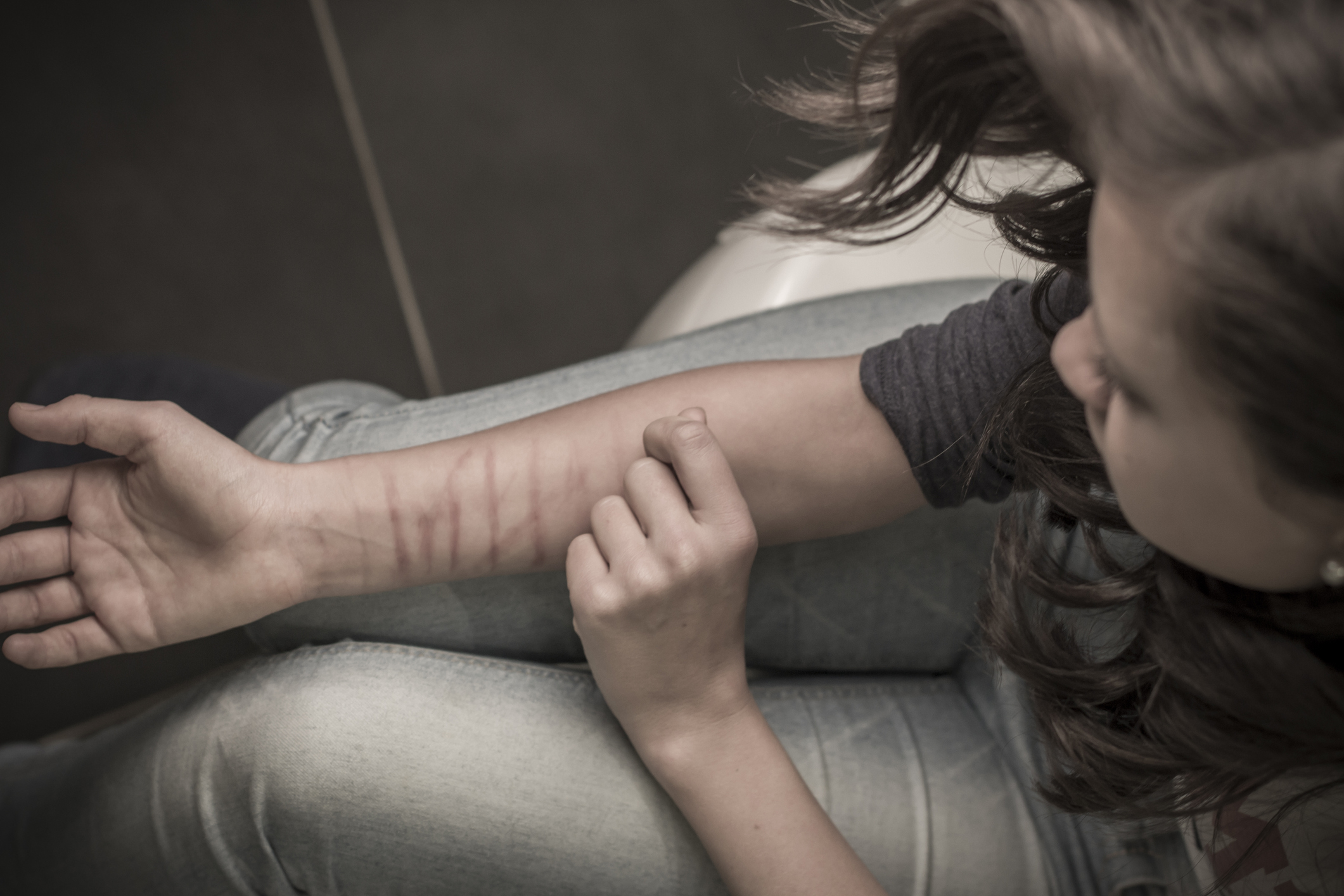
Self Harm Including Cutting
Life can sometimes feel overwhelming. Luckily, there are many healthy ways to help deal with everyday stressors. However, teens and young adults that lack the ability to handle stress or anxiety may turn to self-harm as a soothing mechanism. While some parents may feel uncomfortable discussing Non-Suicidal Self-Injury (NSSI), it shouldn’t be ignored. Self-harm is much more common than you might think.
Although self-harm can be done at any age, it is seen most frequently in adolescents. According to a recent study published in the American Journal of Public Health, nearly 1 in 4 teenage girls and more than 1 in 10 teenage boys are affected by the act of hurting themselves on purpose. Teens most at risk for this kind of behavior have often experienced, trauma, neglect, abuse, or an unstable family life.
Self-harm is not a mental illness, but is often used as a coping mechanism, especially when a teen isn’t sure how to deal with emotions. When teens feel overwhelmed, anxious, or angry, self-harm can feel like a release.
“In our START program here at Casa Pacifica, when a youth cuts or self-harms, we immediately try do identify the function of the behavior. Is the youth engaging in self-harm to draw attention to their emotional pain? Or is the self-harm kept private and used as a tool to either feel or numb overwhelming emotions? It’s important to distinguish between the two because the intervention methods would vary accordingly.”-Josh Lepore, Psy.D. Casa Pacifica Director of Clinical Services.
Reasons a teen may harm him/herself;
- To escape bad feelings
- To relieve pressure or anxiety
- Self-hate or low self-esteem
- To release feelings of anger
- To ask for help or show they are in distress
- To feel again after being emotionally numb
Ways a teen may harm him/herself;
- Cutting (with fingernails or a found sharp object like glass or a razor)
- Burning oneself
- Hitting oneself
- Picking at a scab so it can’t heal
- Pulling hair out (includes eyebrows or lashes)
- Overdosing
- Putting foreign objects into the body
A common misconception is that those who self-harm are suicidal – that is not necessarily the case. Teens who hurt themselves do so to escape negative thoughts and feelings, not because they want to die. In fact, they usually want to live and feel better, they just don’t have the emotional skills needed.
To treat self-harm, teens need support and help learning safe, healthy coping skills. Treatment options may include some type of Psychotherapy, medication, school support, or a combination of treatments. Determining what may be the right approach is best worked out with a medical or mental health professional.
If you think your teen may be practicing self-injury or harm, Casa Pacifica can help. We have programs to help treat self-injury behaviors and guide teens in developing healthy life and coping skills. For more information about our START and other campus or community-based programs, please visit our website
Sources;
Teen Mental Health
Psych Central
Web MD
AJC



